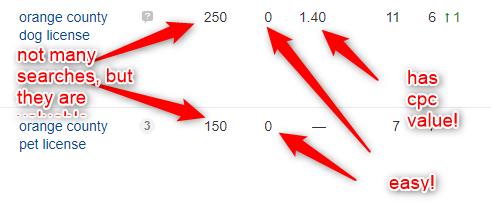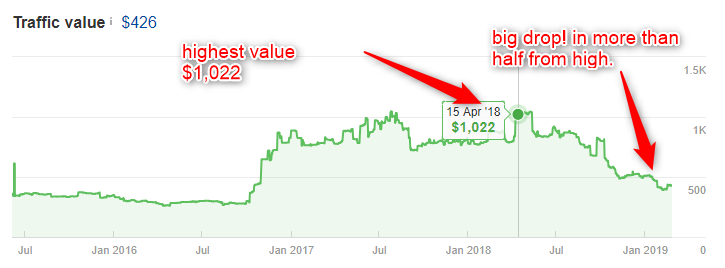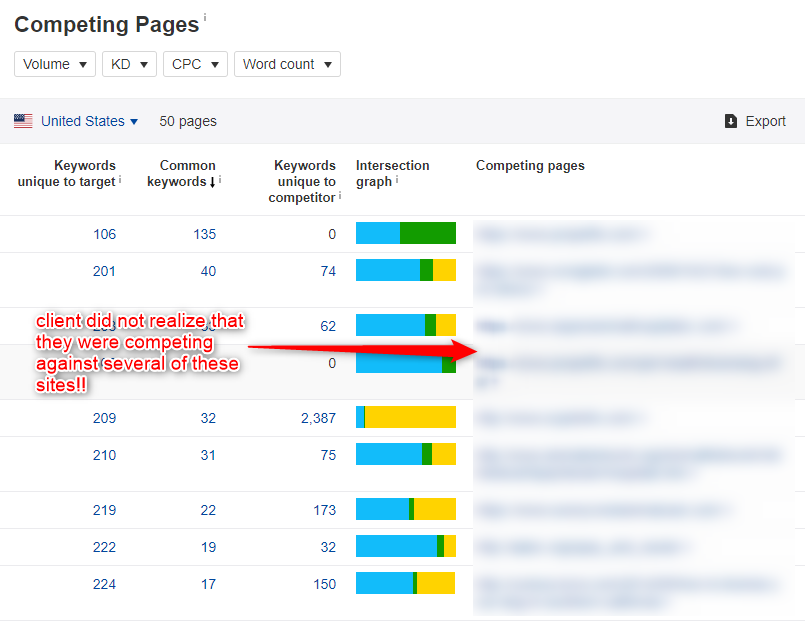I had the opportunity today to meet with an old friend of mine, also an avid BrainLeaf user about his sales process. He wanted to know about my sales process, because he was getting tons of leads coming in, but he was having a hard time closing them.
The Needs, The Problem, & The Value
During that conversation, I took him through my sales process. What I call the Value-Approach to closing sales. This means that you start off by presenting value and solving your customers problems immediately. This approach helps your client understand their needs and look to you for help right away.
His Process
When I first got to talking to him, he had a four-step process that included multiple calls to qualify leads, gather information, identify urgency, and close the deal. He described his process as intensive, but also sometimes very difficult. The real problem was that he wasn’t ENJOYING the sales process, which was odd to me since it is one of my favorite aspects of the business. Also, his process well thought out, and the steps were clear and easy for the client to understand. But he was missing something big.
He didn’t show them his value.
I love sales
After he explained his process, he asked me how I do things and I said, “Not like that. I love doing sales.”
As I wrote out how I handle sales, I realized that my process is not as clear or well thought out as his and much more improvisational. It is also something that takes someone with a lot of application level as well as business level knowledge to do. This process probably won’t work for larger businesses, but it works great for me.
Generally, we work with either SaaS projects or marketing projects. These two different project types require different questions, especially for the first meeting.
I have a different process based on the type of project. In today’s article we’re going to go through the marketing sale process.
This article is about Marketing Sales
But, you can apply this general process to lots of different kinds of sales. The trick is teaching. If you’re in a different industry, I hope that after you read this article you’ll be able to use some of the specifics for your own processes.
My process for a marketing sale goes like this….
A pre-meeting sales audit where I review:
- Company website or websites
- Business model
- Competitors
- SEO
- PPC
- Current marketing – I often try to sign up for whatever emails lists I can on their websites.
Sales meeting with the client:
I always push to have a video conference so the client can see me and I can share my screen. I want people to make a connection with me, even if I can’t see them, and I need them to see my screen so they can see the tools I use.
CRITICAL QUESTION: Do I like this person?
I start off getting to know the client. It is important to me that I work with people that I enjoy working with and are running good businesses. So I start off with questions about:
- Their family
- Why they are running the business
- How they got started
- What aspects they enjoy the most
- If they feel successful doing this business
My goal in all of these questions is to ascertain whether I like this person or not, if they will be a good person to work with, and if I think they are running an ethical company. At the end of the day, I want my skills to be put towards things that better people and I don’t work with people that don’t work toward that goal. Also, working with someone who is easy to work with makes my life better in so many ways. We have to choice to work with people we like, so make your life easier and work with people you like.
Business, Direction, & Strategy
After I have determined if I like the person or not, then I start asking mostly open-ended questions about the business including:
- Tell me about the business.
- Who are your competitors?
- What are your most profitable products or services?
- What are your [year here] goals?
- What are you trying to rank for?
- What has worked and what hasn’t in marketing and why?
- What are you competitors doing? Are their efforts working?
NOTE: Since I have already researched the business, I almost always know at least most of this before we get started talking. Because of this, I can clarify questions I didn’t have an answer to and I can ask specific in-depth questions that help the client realize that I know what they are talking about.
SEO Review
Now that I have confirmed or refuted my initial ideas on the company’s marketing (95% of the time I am right), I can start showing them how I would fix things. From here, I pull up either SEMRush, Ahrefs, or other SEO tools and share my screen with the customer. From here, I take a look at my tools with the customer and do an analysis of their current model with these tools.
Recently, my go to has been ahrefs.com where I start with an organic traffic review where I identify:
Keywords
Top keywords they are ranking for. These are just the 1 – 3 and 4 – 10 ranking keywords, not anything above that.

What keywords are the lowest hanging fruit

Traffic Value
The value of their current traffic, and what I think we could raise it to with a little work.

Competiton
Next, I take a look at their competition and ask if they know if they are competing with the items noted.

Page level traffic
Then it’s on to top pages. Very often, clients think that everyone is coming into their homepage, but in reality, people are landing on a specific service or blog article. From there, I will take a look at what is driving users to that page.

Quick PPC Review
Finally, I do a quick review of their PPC. In this case, we identified a problem right away. The client actually asked me to hold why they questioned their marketing team members about what was going on.

NOTE: I generally don’t talk about the backlink profile because it is hard for some clients to understand and I don’t want to waste a bunch of time explaining it to them. But if they ask about it, then I will go through it with them.
Wrapping up the SEO Review
By the time finish up, we finish up with just this part of the conversation, we have very often identified at least some of the following items:
- Some basic target keywords that can be improved.
- Top competitors that they may or may not know about.
- What pages are ranking well and why.
- The VALUE OF INCREASING THEIR SEO!
From here, we talk about how we would improve their SEO and we show examples of content plans, research, writing templates, and much more. Very often, we walk the clients through the entire process we use.
Marketing Discussion
This is usually between 45 minutes and an hour into our conversation and to be totally honest, at this point, people are usually pretty impressed. From here, I start a discussion about what methods they are using things like:
- Email marketing
- Direct marketing
- Reputation management
- Social media management
- Operations
I make recommendations on how they can improve these areas and what I would do if I was them. Depending on what systems they are using, I will often pull up my own systems and show them how we use things like automations in emails, reputation management, and client focus operations.
Strategy, price, and what’s next.
At this point, we are usually well past our first hour of time. But they are almost always sold on the fact that we know what we’re talking about and can help them. Now the discussion either moves to strategy and what we recommend for their situation or price.
Clients asking about price are given our hourly rate but told that we can put together an engagement proposal for their review which, if it is SEO only, is a 3 to 6-month engagement.
Are you giving away too much? NO!
Very often, we can tell that clients wanted to know what to do and how to do it, and they think that now have the answers to those questions and can do it themselves. If this is the case, we encourage them to go ahead and try it. We tell them how much the software costs, the amount of time goes into doing the work, and what it takes. If they feel like moving forward from that point, we encourage them to go ahead.
Here’s the deal. Our clients are kind of people that are making money and want PROS to do their projects. If they want to do it themselves, then they are NOT a good fit for us in the first place. So we give them a set of links on where they can learn about this and our recommendations on how to get started. Inevitably, they don’t do it. They NEVER DO.
We teach everything we do, which is in-depth, time-consuming, and often complicated and we never hold anything back. Educated clients will understand that the cost of hiring us to do the work is always going to be less expensive and more successful than getting in-house people to do the work. If they think otherwise, they are wrong, but there is nothing you can do to convince them of it. They have to come to that conclusion on their own.
This stuff works (and here’s an example).
Before I wrote this article today, I had a sales meeting for both a SaaS project as well as a marketing deal for a healthcare practice. By the end of that one meeting, which was a two and a half hour meeting, we ended up with the client asking to go ahead and close both deals.
The client finished the meeting by saying that he had interviewed several companies but learned more from our conversation than he had in all other meetings combined. In fact, at the end of the meeting he said, “Give me the contract. I’m ready to sign it right this moment.”
The process I went through, at least for the marketing side, was exactly what was in the article.
Questions? Comments?
If you guys have any questions or problems about how to sell your services, feel free to ask in the comments below and I’ll get back to you on it.





